Home>Interior Design>Why Does My Fridge Leak Water? 5 Reasons Why And Easy DIY Fixes
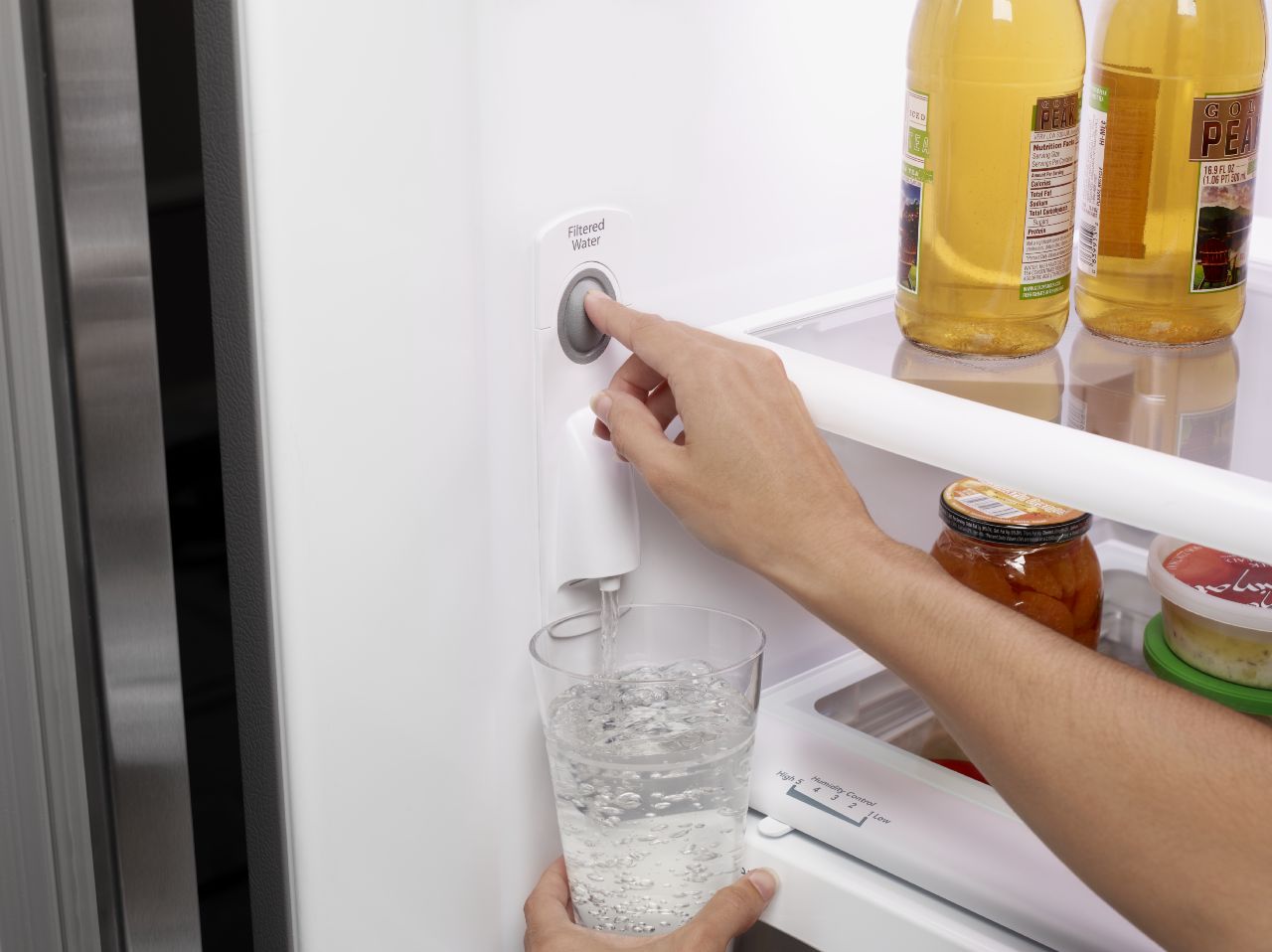

Interior Design
Why Does My Fridge Leak Water? 5 Reasons Why And Easy DIY Fixes
Modified: February 28, 2024
Learn the top 5 reasons why your fridge is leaking water and discover easy DIY fixes. Get expert tips for interior design to keep your fridge running smoothly.
(Many of the links in this article redirect to a specific reviewed product. Your purchase of these products through affiliate links helps to generate commission for Storables.com, at no extra cost. Learn more)
Introduction
Using a refrigerator is an essential part of daily life. We rely on it to keep our food fresh and our drinks cold. However, one common problem that many people face with their fridges is water leakage. It can be quite frustrating to open your refrigerator and discover a pool of water on the floor. Not only is it inconvenient, but it can also damage your flooring and potentially lead to mold growth.
Understanding the reasons behind a leaking fridge is crucial in order to address the issue promptly. There are several factors that can contribute to water leakage in refrigerators, from a blocked defrost drain to a faulty water inlet valve. In this article, we will take a closer look at the five most common reasons why fridges leak water and provide some easy DIY fixes to help you resolve the problem.
So, why does your fridge leak water? Let’s explore the possibilities:
1. Blocked or Frozen Defrost Drain:
One of the most common reasons for a leaking fridge is a blocked or frozen defrost drain. When the defrost cycle kicks in, it melts the frost on the evaporator coils. The resulting water should pass through the defrost drain and into the drain pan. However, if the defrost drain is blocked or frozen, the water has nowhere to go and ends up leaking inside the refrigerator.
2. Clogged or Faulty Water Supply Line:
If your fridge has a water dispenser or an ice maker, it is connected to a water supply line. Over time, this supply line can become clogged with sediment or minerals, leading to reduced or uneven water flow. Additionally, a faulty or damaged water supply line can cause water to leak inside the refrigerator.
3. Damaged or Misaligned Water Filter:
Most modern refrigerators come equipped with a water filtration system to ensure clean water for drinking and ice-making. If the water filter is damaged or not properly aligned, it can cause water to leak into the fridge. Regular maintenance and replacement of the water filter are essential to prevent this issue.
4. Cracked or Faulty Water Inlet Valve:
The water inlet valve controls the flow of water into the ice maker and water dispenser. If it develops cracks or malfunctions, it can lead to water leakage inside the fridge. Inspect the water inlet valve for any signs of damage and replace it if necessary.
5. Improperly Sealed Door Gasket:
The door gasket, also known as the door seal, forms a tight seal when the refrigerator door is closed. If it is damaged, dirty, or not properly sealed, warm air from the outside can enter the fridge, causing condensation and water leakage.
Now that we have explored the potential reasons for a leaking fridge, it’s time to delve into some easy DIY fixes to tackle the problem. By following these simple steps, you can save money on repair costs and prevent further damage to your refrigerator. Stay tuned for the upcoming sections where we will guide you through each DIY fix in detail.
Key Takeaways:
- Addressing water leakage in your refrigerator involves clearing blocked defrost drains, unclogging water supply lines, checking and replacing damaged filters and valves, and resealing door gaskets. Regular maintenance is crucial to prevent future leaks and ensure optimal fridge performance.
- DIY fixes for water leakage in refrigerators include clearing defrost drains, unclogging supply lines, checking and replacing filters and valves, and resealing door gaskets. Prompt attention to these issues can prevent damage and extend the lifespan of your appliance.
Reason 1: Blocked or Frozen Defrost Drain
A blocked or frozen defrost drain is one of the common culprits behind water leakage in refrigerators. During the normal operation of a refrigerator, the defrost cycle kicks in periodically to melt the frost that accumulates on the evaporator coils. The melted frost turns into water, which should flow through the defrost drain and into the drain pan located at the bottom of the fridge. However, if the defrost drain becomes blocked or freezes, the water has nowhere to go and ends up leaking inside the refrigerator.
There are a few reasons why the defrost drain can become blocked or frozen. Food particles, dirt, or ice can accumulate in the drainpipe over time, obstructing the flow of water. Additionally, if the refrigerator is not leveled properly, the water may not flow towards the drain, leading to freeze-ups. It is essential to address this issue promptly to prevent water damage and potential mold growth in your fridge.
So, how can you fix a blocked or frozen defrost drain? Here are the steps to follow:
1. Unplug the refrigerator: Before starting any maintenance or repairs, ensure that your refrigerator is unplugged to avoid any electrical hazards.
2. Locate the defrost drain: The defrost drain is typically located at the back of the freezer compartment, near the bottom. If you cannot locate it, consult your refrigerator’s manual for specific instructions.
3. Clear any visible debris: Using a soft brush or a pipe cleaner, carefully remove any visible debris or blockages from the defrost drain. Be gentle to avoid damaging the drainpipe.
4. Use hot water or a turkey baster: Fill a container with hot water and pour it down the defrost drain. Alternatively, you can use a turkey baster to apply a steady stream of hot water into the drain. This will help melt any ice or frost buildup within the drainpipe.
5. Check the drain pan: Locate the drain pan under the refrigerator and ensure that it is empty and properly positioned. If the drain pan is damaged or misaligned, it can contribute to water leakage. Adjust or replace it if necessary.
6. Test the drain: Once you have cleared any blockages and melted any ice, check if the water flows freely through the defrost drain. You can pour a small amount of water into the drain to see if it drains into the pan without any leakage.
7. Plug in the refrigerator: After completing the necessary steps, plug in and power on the refrigerator. Monitor it for a few hours to ensure that there is no further water leakage.
By following these DIY steps, you can effectively clear the blocked or frozen defrost drain and prevent water leakage in your refrigerator. However, if the issue persists or seems too complex to handle on your own, it is recommended to seek the assistance of a professional appliance repair service. Addressing the problem promptly will not only prevent further damage to your fridge but also ensure its optimal performance and longevity.
Reason 2: Clogged or Faulty Water Supply Line
If your refrigerator has a water dispenser or an ice maker, it is connected to a water supply line that delivers water to these components. A clogged or faulty water supply line can be another reason behind water leakage in your fridge. Over time, the water supply line can become clogged with sediment, minerals, or debris, leading to reduced water flow or uneven distribution. Additionally, a damaged or improperly connected water supply line can cause water to leak inside the refrigerator.
Here’s how you can tackle a clogged or faulty water supply line:
1. Turn off the water supply: Before working on the water supply line, locate the shut-off valve that controls the water flow to your refrigerator. Turn it off to prevent any water leaks during the process.
2. Inspect and unclog the water supply line: Carefully examine the water supply line for any visible clogs or blockages. If you notice any debris or sediment, gently remove it using a soft brush or a pipe cleaner. Make sure to be cautious to avoid damaging the water supply line.
3. Flush the water supply line: After clearing any visible blockages, it is advisable to flush the water supply line to remove any remaining impurities. To do this, detach the water supply line from the refrigerator and place the loose end in a bucket or sink. Turn on the shut-off valve briefly to allow water to flow through the line and flush out any debris.
4. Check for leaks and damage: While the water supply line is detached, inspect it for any leaks, cracks, or signs of wear and tear. If you notice any damage, it is essential to replace the water supply line to prevent further leaks and ensure proper water flow.
5. Reconnect the water supply line: Once you have addressed any clogs, blockages, or damage, reconnect the water supply line to the refrigerator. Ensure it is securely attached and tightened to prevent any water leakage.
6. Turn on the water supply: Finally, turn on the shut-off valve to restore the water flow to your refrigerator. Monitor the connection for any leaks or drips. If you notice any leakage, double-check the fittings and connections for proper tightness.
Regular maintenance of the water supply line is crucial to prevent clogs and ensure smooth water flow in your refrigerator. It is recommended to replace the water supply line every few years to avoid potential leaks caused by wear and tear. If you are unsure or uncomfortable performing these DIY fixes, it is always best to consult a professional appliance repair service for assistance.
By addressing a clogged or faulty water supply line promptly, you can prevent water leakage in your refrigerator and enjoy the uninterrupted use of your water dispenser and ice maker. Proper maintenance and care will not only extend the life of your fridge but also ensure the high quality and taste of the water it dispenses.
Reason 3: Damaged or Misaligned Water Filter
Modern refrigerators often come equipped with a water filtration system that ensures clean and fresh water for drinking and ice-making. A damaged or misaligned water filter can be a potential cause of water leakage in your fridge. The water filter is designed to remove impurities and contaminants from the water before it is dispensed or used to make ice. If the filter is damaged, not properly installed, or misaligned, it can lead to water leakage inside the refrigerator.
To address this issue, follow these steps:
1. Locate the water filter: Most refrigerators have the water filter located either inside the refrigerator compartment or at the bottom of the fridge. Consult your refrigerator’s manual to accurately locate the water filter.
2. Turn off the water supply: Before working on the water filter, turn off the water supply to the refrigerator. This will prevent any potential water leakage during the process.
3. Remove the water filter: Depending on your refrigerator model, you may need to twist, pull, or push a button to remove the water filter. Follow the instructions provided in your refrigerator’s manual to safely remove the filter.
4. Inspect the water filter: Examine the water filter for any visible signs of damage, such as cracks or breaks. Additionally, check the filter for any debris or sediment buildup that may be obstructing the water flow. If you notice any damage or excessive buildup, it is time to replace the water filter.
5. Replace the water filter: Purchase a compatible replacement filter that matches your refrigerator’s make and model. Install the new filter following the manufacturer’s instructions, making sure it is properly aligned and securely in place. Ensure that any seals, O-rings, or gaskets are correctly fitted to prevent water leakage.
6. Turn on the water supply: Once the new water filter is correctly installed, turn on the water supply to restore the water flow to your refrigerator. Check for any leaks or drips around the filter area. If you notice any leakage, double-check the filter’s alignment and tightness.
Regularly changing the water filter according to the manufacturer’s recommendations is essential to maintain its effectiveness and prevent potential water leaks. It is generally recommended to replace the water filter every six months or as specified by the manufacturer.
By addressing a damaged or misaligned water filter promptly, you can prevent water leakage in your refrigerator and ensure the ongoing delivery of clean and fresh water for drinking and ice-making. Proper maintenance of the water filtration system is crucial for the optimal performance of your refrigerator and the quality of the water it dispenses.
Reason 4: Cracked or Faulty Water Inlet Valve
Another potential reason for water leakage in your refrigerator is a cracked or faulty water inlet valve. The water inlet valve controls the flow of water into the ice maker and water dispenser. If it develops cracks, becomes worn out, or malfunctions, it can cause water to leak inside the fridge.
Here’s how you can address a cracked or faulty water inlet valve:
1. Unplug the refrigerator: Before starting any maintenance or repairs, ensure that your refrigerator is unplugged to avoid any electrical hazards.
2. Locate the water inlet valve: The water inlet valve is usually situated at the back of the refrigerator, near the bottom. If you are having trouble finding it, refer to your refrigerator’s manual for specific instructions.
3. Inspect the water inlet valve: Carefully examine the water inlet valve for any visible cracks, leaks, or signs of damage. If you notice any issues, it is a clear indication that the valve needs to be repaired or replaced.
4. Turn off the water supply: Locate the shut-off valve that controls the water flow to your refrigerator and turn it off. This will prevent any water leakage while you work on the water inlet valve.
5. Disconnect the water supply line: Using an adjustable wrench or pliers, disconnect the water supply line from the water inlet valve. Be prepared for some water to spill, so have a towel or bucket handy to catch any excess water.
6. Replace the water inlet valve: If the water inlet valve is cracked or faulty, it will need to be replaced. Purchase a new valve that is compatible with your refrigerator’s make and model. Consult your refrigerator’s manual for guidance on the specific replacement part and installation instructions.
7. Install the new water inlet valve: Follow the manufacturer’s instructions to install the new water inlet valve. Ensure that all connections are secure and properly tightened. Reconnect the water supply line to the new valve.
8. Turn on the water supply: Once the new water inlet valve is in place, turn on the water supply and check for any leaks or drips. If you notice any leakage, double-check the connections and tighten them if necessary.
9. Plug in the refrigerator: After completing the necessary steps, plug in and power on the refrigerator. Monitor it for a few hours to ensure that there is no further water leakage.
If you are uncomfortable performing these DIY fixes or if the problem persists after replacing the water inlet valve, it is advisable to contact a professional appliance repair service. They have the expertise and tools necessary to address more complex issues and ensure proper functionality of your refrigerator.
Addressing a cracked or faulty water inlet valve in a timely manner will prevent water leakage and ensure the smooth operation of your refrigerator’s ice maker and water dispenser. Regular maintenance and inspection of the water inlet valve are essential to catch any potential issues before they lead to costly repairs or further water damage.
Reason 5: Improperly Sealed Door Gasket
An improperly sealed door gasket, also known as a door seal, can contribute to water leakage in your refrigerator. The door gasket is responsible for creating a tight seal when the refrigerator door is closed, preventing warm air from entering and cold air from escaping. If the gasket is damaged, dirty, misaligned, or worn out, it can allow warm air to enter the refrigerator, causing condensation and water leakage.
To address an improperly sealed door gasket, follow these steps:
1. Inspect the door gasket: Carefully examine the door gasket for any visible signs of wear, damage, or misalignment. Look for tears, cracks, or hardened areas that may affect the effectiveness of the seal. Additionally, check for any dirt, debris, or food particles that may be obstructing the gasket’s proper function.
2. Clean the door gasket: If the door gasket appears dirty or has debris on it, clean it thoroughly. Use mild soap or a mixture of water and vinegar to clean the gasket. Gently scrub the gasket with a soft brush or sponge, paying attention to the folds and crevices where dirt tends to accumulate. Rinse with clean water and dry the gasket completely.
3. Check the condition of the gasket: After cleaning, inspect the gasket again to see if the cleaning process has restored its flexibility and effectiveness. If the gasket is still damaged or worn out, it may need to be replaced.
4. Realignment: If the door gasket is misaligned, use a hairdryer on low heat to warm up the gasket. This will make it more pliable and allow you to reshape it. Gently pull and stretch the gasket to ensure it fits snugly against the refrigerator door. Close the door and check if the gasket forms a tight seal.
5. Replace the door gasket: If the door gasket is severely damaged, worn out, or cannot be properly realigned, it is necessary to replace it. Contact the manufacturer or a reputable appliance repair service to obtain a replacement gasket that is compatible with your refrigerator’s make and model. Follow the manufacturer’s instructions for installing the new gasket.
6. Test the door seal: Once the door gasket is cleaned, realigned, or replaced, conduct a simple test to ensure a proper seal. Close the refrigerator door and place a dollar bill or a piece of paper between the door and the gasket. Attempt to pull out the paper with a gentle tug. If the paper slides out easily, it indicates that the gasket is not forming a tight seal and needs further adjustment or replacement.
By addressing an improperly sealed door gasket, you can prevent warm air from entering your refrigerator, reduce condensation, and eliminate water leakage. Regularly cleaning and inspecting the door gasket will help maintain its integrity and ensure its effectiveness. If you encounter difficulties or are unsure about the proper procedure, it is advisable to seek professional help to ensure the optimal performance of your refrigerator.
Check the defrost drain to see if it’s clogged, ensure the fridge is level, inspect the water inlet valve, replace the door gasket if it’s damaged, and clean the condenser coils regularly to prevent water leakage.
DIY Fix 1: Clearing a Blocked or Frozen Defrost Drain
A blocked or frozen defrost drain is a common reason for water leakage in refrigerators. When the defrost cycle activates, frost on the evaporator coils melts and turns into water. This water should flow through the defrost drain and into the drain pan located at the bottom of the fridge. However, if the defrost drain becomes blocked or freezes, the water has no way to escape and ends up leaking inside the refrigerator.
Here’s how you can clear a blocked or frozen defrost drain on your own:
1. Unplug the refrigerator: Before starting any maintenance or repairs, it is crucial to unplug the refrigerator to ensure safety.
2. Locate the defrost drain: The defrost drain is usually situated at the back of the freezer compartment, near the bottom. If you are having trouble finding it, consult the refrigerator’s manual for specific instructions.
3. Remove any visible debris: Carefully remove any visible debris or blockages from the defrost drain. You can use a soft brush, pipe cleaner, or a small piece of wire to gently dislodge and clear any clogs.
4. Use hot water or a turkey baster: Fill a container with hot water and pour it down the defrost drain. Alternatively, you can use a turkey baster to apply a constant stream of hot water directly into the drain. This will help melt any ice or frost buildup within the drainpipe.
5. Check the drain pan: Locate the drain pan beneath the refrigerator and ensure that it is empty and properly positioned. If the drain pan is damaged, misaligned, or overflowing, it may contribute to water leakage. Adjust or replace it as needed.
6. Test the drain: After clearing any blockages and melting any ice, pour a small amount of water into the defrost drain to check if it flows freely and drains into the pan without any leakage. If the water does not drain properly, repeat the process or consider seeking professional assistance.
7. Plug in the refrigerator: Once you have completed the necessary steps, plug the refrigerator back in and allow it to resume normal operation. Monitor the refrigerator over the next few hours to ensure that there is no further water leakage.
Regularly clearing the defrost drain is essential for the proper functioning of your refrigerator and preventing water leakage. It is recommended to perform this maintenance task every few months to prevent any buildup or clogs that can lead to future issues. If you encounter persistent or complex problems, it is advisable to consult a professional appliance repair service for assistance.
By following these DIY steps to clear a blocked or frozen defrost drain, you can effectively address water leakage in your refrigerator and ensure its optimal performance. Taking proactive measures to maintain your refrigerator will extend its lifespan and save you from costly repairs or replacements.
DIY Fix 2: Unclogging or Replacing a Faulty Water Supply Line
A clogged or faulty water supply line can lead to water leakage in your refrigerator if it is connected to a water dispenser or ice maker. Over time, sediment, minerals, or debris can accumulate in the water supply line, obstructing the water flow and causing leaks. Additionally, a damaged or improperly connected water supply line can also contribute to water leakage.
To address a clogged or faulty water supply line, follow these steps:
1. Turn off the water supply: Before working on the water supply line, locate the shut-off valve that controls the water flow to your refrigerator and turn it off. This will prevent any water leaks or spills during the process.
2. Inspect and unclog the water supply line: Carefully examine the water supply line for any visible clogs or blockages. If you notice any debris or sediment, gently remove it using a soft brush or a pipe cleaner. Be cautious not to damage the water supply line while unclogging it.
3. Flush the water supply line: After clearing any visible blockages, it is advisable to flush the water supply line to remove any remaining impurities. Disconnect the water supply line from the refrigerator and place the loose end in a bucket or sink. Turn on the shut-off valve briefly to allow water to flow through the line and flush out any debris.
4. Check for leaks and damage: While the water supply line is disconnected, inspect it for any leaks, cracks, or signs of wear and tear. If you notice any damage, it is essential to replace the water supply line to prevent further leaks and ensure proper water flow.
5. Replace the water supply line: If the water supply line is severely damaged or worn out, it is recommended to replace it. Measure the length of the existing supply line and purchase a compatible replacement that matches your refrigerator’s make and model. Follow the manufacturer’s instructions for installation.
6. Reconnect the water supply line: Once you have unclogged the line or replaced it, reconnect the water supply line to the refrigerator. Ensure that the connection is secure and properly tightened to prevent any water leakage.
7. Turn on the water supply: After completing the necessary steps, turn on the water supply to resume water flow to your refrigerator. Monitor the connection for any leaks or drips. If you notice any leakage, double-check the fittings and connections for proper tightness.
Regularly checking and maintaining the water supply line is crucial to prevent clogs and ensure smooth water flow in your refrigerator. Cleaning or replacing the water supply line every few years is a good preventative measure to avoid potential leaks caused by wear and tear. If you are unsure or uncomfortable performing these DIY fixes, it is always best to consult a professional appliance repair service for assistance.
By addressing a clogged or faulty water supply line, you can effectively resolve water leakage issues in your refrigerator and ensure the proper functioning of the water dispenser and ice maker. Taking proactive steps to maintain your refrigerator will prolong its lifespan and minimize the risk of costly repairs or replacements.
DIY Fix 3: Checking and Replacing a Damaged or Misaligned Water Filter
The water filter in your refrigerator is responsible for removing impurities and contaminants from the water before it is dispensed or used to make ice. A damaged or misaligned water filter can lead to water leakage inside the fridge. Regularly checking and replacing the water filter is essential to ensure clean water and prevent leaks.
To address a damaged or misaligned water filter, follow these steps:
1. Unplug the refrigerator: Before starting any maintenance or repairs, ensure that your refrigerator is unplugged for safety purposes.
2. Locate the water filter: The location of the water filter can vary depending on the model of your refrigerator. Check the user manual or the manufacturer’s instructions to find its exact location.
3. Remove the water filter: Once you have located the water filter, carefully remove it by turning, pulling, or pushing a button, depending on the model. Refer to the manufacturer’s instructions if you encounter any difficulties in removing the filter.
4. Inspect the water filter: Examine the water filter for any visible signs of damage, such as cracks or breaks. Additionally, check for any misalignment or improper installation that may cause water leakage. If the filter is damaged or not properly aligned, it needs to be replaced.
5. Purchase a new water filter: Look for a replacement water filter that is compatible with your refrigerator’s make and model. It is crucial to use the correct filter to ensure optimal performance.
6. Install the new water filter: Follow the manufacturer’s instructions to install the new water filter. Make sure it is properly aligned and securely in place. Ensure that any seals, O-rings, or gaskets are correctly fitted to prevent water leakage.
7. Check for leaks: After installing the new water filter, turn on the water supply and check for any leaks around the filter. If you notice any leakage, double-check the alignment and tightness of the filter connections.
8. Reset the filter indicator: If your refrigerator has a filter indicator light, don’t forget to reset it. This will alert you when it’s time to replace the filter in the future.
Regularly replacing the water filter is essential for maintaining clean and fresh-tasting water. Most manufacturers recommend replacing the filter every six months or following the guidelines specified in the user manual. Following these recommendations will help prevent water leakage and ensure the continued effectiveness of the water filtration system.
By addressing a damaged or misaligned water filter, you can prevent water leakage in your refrigerator and ensure that the water dispensed and used for ice making is clean and safe. Maintaining the water filter is a crucial part of refrigerator maintenance that enhances the lifespan and performance of your appliance.
Read more: Why Does My Chimney Leak Water
DIY Fix 4: Repairing or Replacing a Cracked or Faulty Water Inlet Valve
A cracked or faulty water inlet valve can contribute to water leakage in your refrigerator. The water inlet valve controls the flow of water into the ice maker and water dispenser. If it develops cracks, becomes worn out, or malfunctions, it can result in water leakage inside the fridge.
To address a cracked or faulty water inlet valve, follow these steps:
1. Unplug the refrigerator: Before starting any repairs, ensure that your refrigerator is unplugged to prevent any electrical mishaps.
2. Locate the water inlet valve: Typically, the water inlet valve is situated at the back of the refrigerator, near the bottom. Refer to the user manual for specific instructions if you’re having trouble finding it.
3. Inspect the water inlet valve: Carefully examine the water inlet valve for any visible cracks, leaks, or signs of damage. If you notice any issues, it indicates that the valve needs to be repaired or replaced.
4. Turn off the water supply: Locate the shut-off valve that controls the water flow to your refrigerator and turn it off. This is necessary to prevent any water leakage while you work on the water inlet valve.
5. Disconnect the water supply line: Using an adjustable wrench or pliers, disconnect the water supply line from the water inlet valve. Be prepared for some water to spill, so have a towel or bucket ready to catch any excess water.
6. Assess the damage: Once the water supply line is disconnected, carefully assess the extent of the damage to the water inlet valve. If there are minor cracks or issues, you may be able to repair the valve. However, if the valve is severely damaged or malfunctioning, it needs to be replaced.
7. Repair the water inlet valve (if applicable): If the damage is minimal, you may attempt to repair the water inlet valve. Consult the manufacturer’s instructions or seek advice from a professional technician to ensure the proper repair method. It typically involves using epoxy or a waterproof sealant to mend the cracks or leaks.
8. Replace the water inlet valve (if necessary): If repair is not possible or if the valve is severely damaged, you will need to replace it. Purchase a compatible replacement water inlet valve from a reputable supplier or appliance parts store. Follow the manufacturer’s instructions for installation.
9. Reconnect the water supply line: Once the new water inlet valve is installed, reconnect the water supply line to the valve. Ensure that the connection is secure and properly tightened to prevent any water leakage.
10. Turn on the water supply: After completing the necessary steps, turn on the water supply to allow water to flow to your refrigerator. Check for any leaks or drips around the water inlet valve. If you notice any leakage, double-check the connections and tighten them if necessary.
It is important to note that repairing or replacing a water inlet valve can be complex, especially if you are not experienced with appliance repairs. If you are unsure or uncomfortable performing these DIY fixes, it is recommended to seek the assistance of a professional appliance repair service.
By addressing a cracked or faulty water inlet valve, you can effectively resolve water leakage issues in your refrigerator and ensure the proper functioning of the ice maker and water dispenser. Regular maintenance and inspection of the water inlet valve will help prevent future leaks and ensure the optimal performance of your refrigerator.
DIY Fix 5: Resealing an Improperly Sealed Door Gasket
An improperly sealed door gasket, also known as a door seal, can lead to water leakage in your refrigerator. The door gasket is responsible for creating a tight seal when the refrigerator door is closed, preventing warm air from entering and cold air from escaping. If the gasket is damaged, dirty, misaligned, or worn out, it can allow warm air to enter the refrigerator, leading to condensation and water leakage.
To address an improperly sealed door gasket, follow these steps:
1. Unplug the refrigerator: Before starting any maintenance or repairs, unplug the refrigerator to ensure safety.
2. Inspect the door gasket: Carefully examine the door gasket for any visible signs of wear, damage, or misalignment. Look for tears, cracks, or hardened areas that may affect the effectiveness of the seal. Additionally, check for any dirt, debris, or food particles that may be obstructing the gasket’s proper function.
3. Clean the door gasket: If the door gasket appears dirty or has debris on it, clean it thoroughly. Use mild soap or a mixture of water and vinegar to clean the gasket. Gently scrub the gasket with a soft brush or sponge, paying attention to the folds and crevices where dirt tends to accumulate. Rinse with clean water and dry the gasket completely.
4. Check the condition of the gasket: After cleaning, inspect the gasket again to see if the cleaning process has restored its flexibility and effectiveness. If the gasket is still damaged or worn out, it may need to be replaced.
5. Reshape the gasket: If the door gasket is misaligned, use a hairdryer on low heat to warm up the gasket. This will make it more pliable and allow you to reshape it. Gently pull and stretch the gasket to ensure it fits snugly against the refrigerator door. Close the door and check if the gasket forms a tight seal.
6. Replace the door gasket: If the door gasket is severely damaged, worn out, or cannot be properly reshaped, it is necessary to replace it. Contact the manufacturer or a reputable appliance repair service to obtain a replacement gasket that is compatible with your refrigerator’s make and model. Follow the manufacturer’s instructions for installing the new gasket.
7. Test the door seal: Once the door gasket is cleaned, reshaped, or replaced, perform a simple test to ensure a proper seal. Close the refrigerator door and place a dollar bill or a piece of paper between the door and the gasket. Attempt to pull out the paper with a gentle tug. If the paper slides out easily, it indicates that the gasket is not forming a tight seal and needs further adjustment or replacement.
By resealing an improperly sealed door gasket, you can prevent warm air from entering your refrigerator, reducing condensation and eliminating water leakage. Regularly cleaning and inspecting the door gasket will help maintain its integrity and ensure its effectiveness. If you encounter difficulties or are unsure about the proper procedure, it is advisable to consult a professional appliance repair service for assistance.
Taking proactive measures to reseal an improperly sealed door gasket will ensure the optimal performance of your refrigerator, extend its lifespan, and minimize the risk of costly repairs or replacements.
Conclusion
Dealing with water leakage in your refrigerator can be frustrating and disruptive to your daily routine. However, by understanding the common reasons behind this issue and implementing the appropriate DIY fixes, you can resolve the problem and prevent further damage.
Blocked or frozen defrost drains, clogged or faulty water supply lines, damaged or misaligned water filters, cracked or faulty water inlet valves, and improperly sealed door gaskets are among the leading causes of water leakage in refrigerators. These issues can result in water pooling inside your fridge, damaging your flooring and potentially causing mold growth if left unaddressed.
Fortunately, there are specific steps you can take to tackle each of these problems. Clearing a blocked or frozen defrost drain involves inspecting and cleaning the drain, as well as ensuring proper drainage into the drain pan. Unclogging or replacing a faulty water supply line requires removing blockages and flushing the line before reconnecting it securely. Checking and replacing a damaged or misaligned water filter entails inspecting and cleaning the filter or installing a new one. Repairing or replacing a cracked or faulty water inlet valve may involve repairing minor cracks or leaks or replacing the entire valve. Lastly, resealing an improperly sealed door gasket necessitates thorough cleaning, reshaping, or replacing the gasket to ensure a tight seal against the refrigerator door.
Performing these DIY fixes not only helps resolve water leakage but also ensures the proper functioning of your refrigerator’s components, such as the ice maker and water dispenser. Regular maintenance, including cleaning, inspection, and replacement of filters and gaskets, is essential to prevent future leaks and extend the lifespan of your appliance.
However, it’s important to note that if you encounter more complex issues or are unsure about performing the repairs yourself, it is best to seek professional assistance. Appliance repair services have the expertise and tools to handle intricate repairs safely and effectively.
By taking proactive steps to address water leakage in your refrigerator, you can enjoy a properly functioning appliance, prolong its lifespan, and avoid costly repairs or replacements. Stay vigilant in maintaining your fridge and promptly address any issues to ensure its optimal performance in keeping your food fresh and your beverages cold.
Frequently Asked Questions about Why Does My Fridge Leak Water? 5 Reasons Why And Easy DIY Fixes
Was this page helpful?
At Storables.com, we guarantee accurate and reliable information. Our content, validated by Expert Board Contributors, is crafted following stringent Editorial Policies. We're committed to providing you with well-researched, expert-backed insights for all your informational needs.
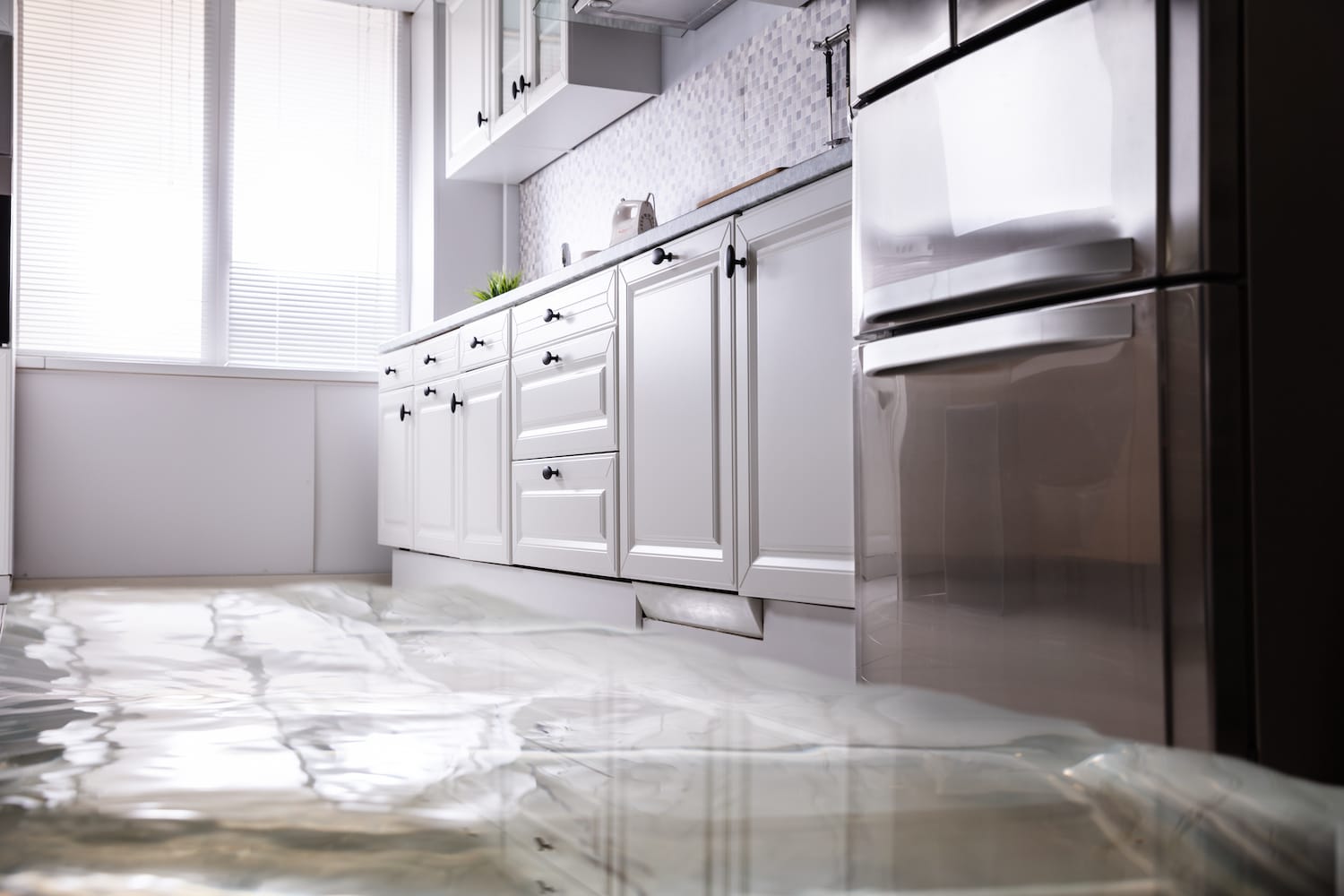
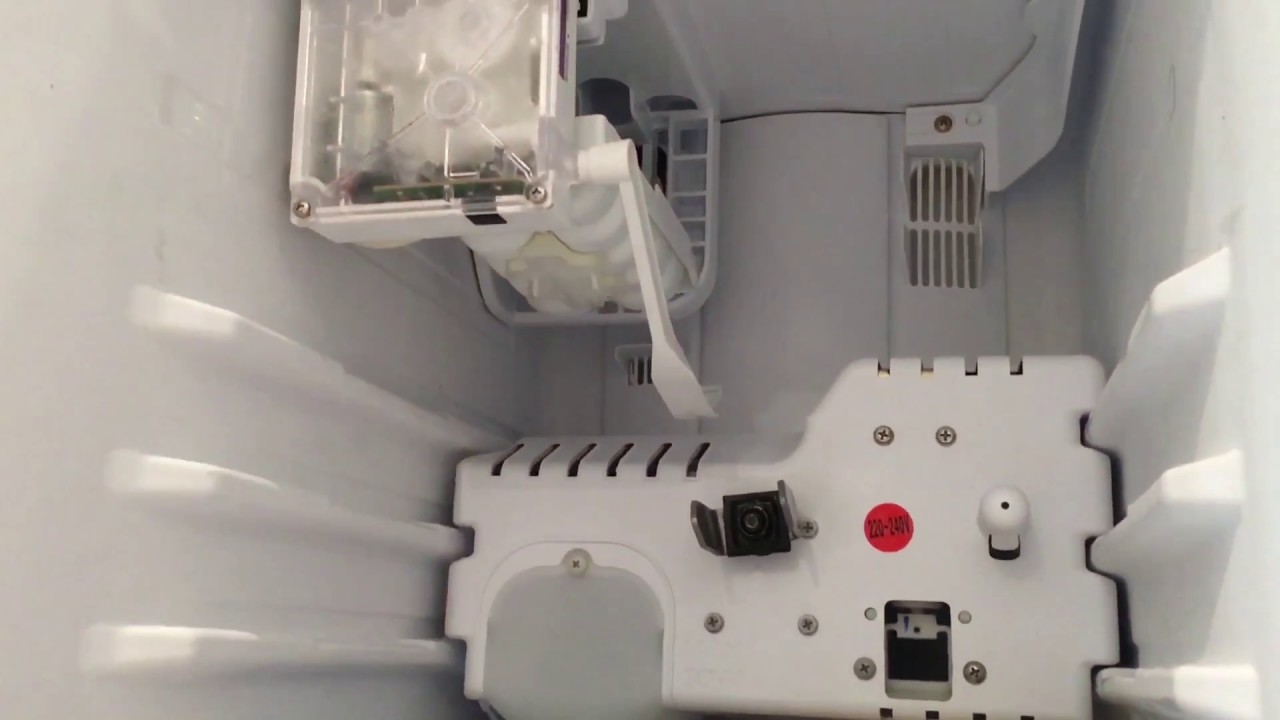
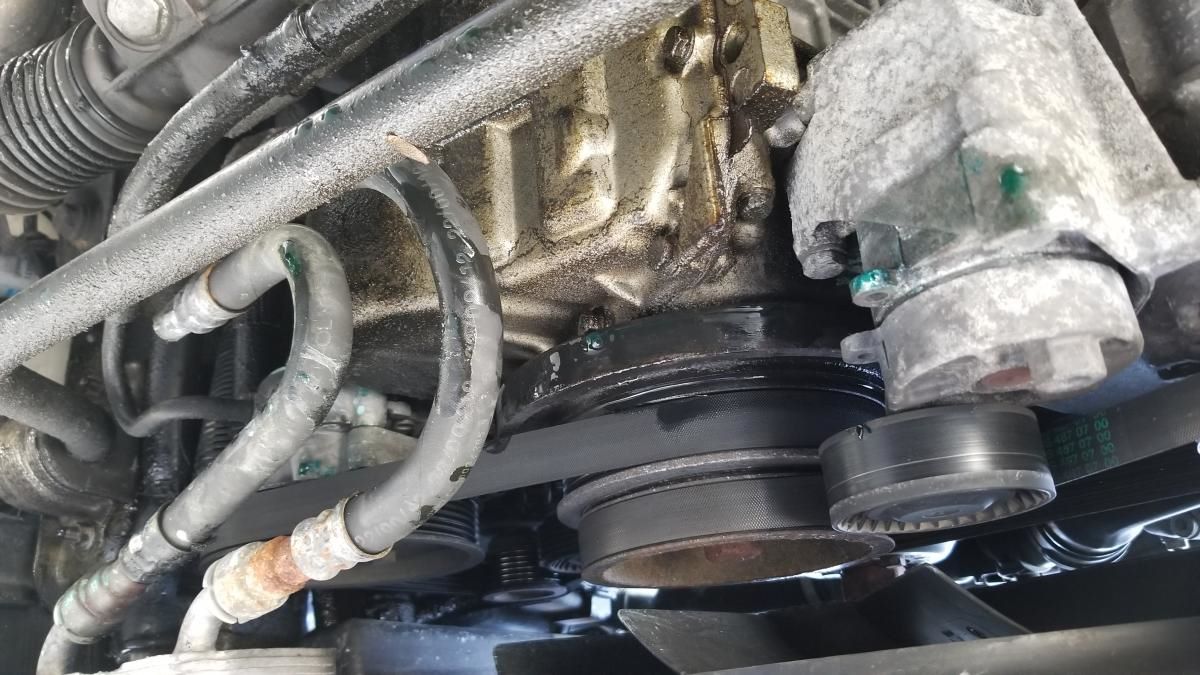
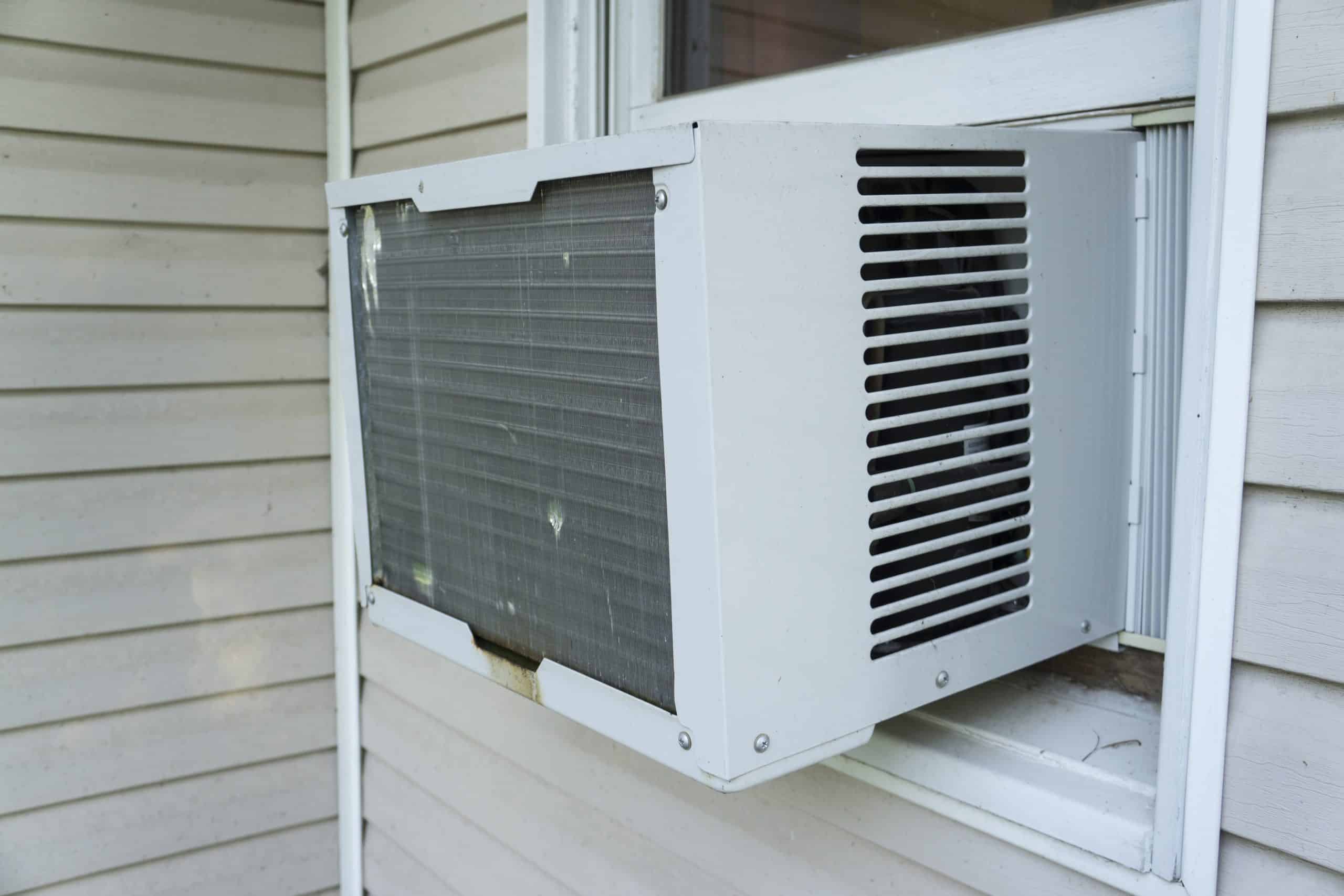
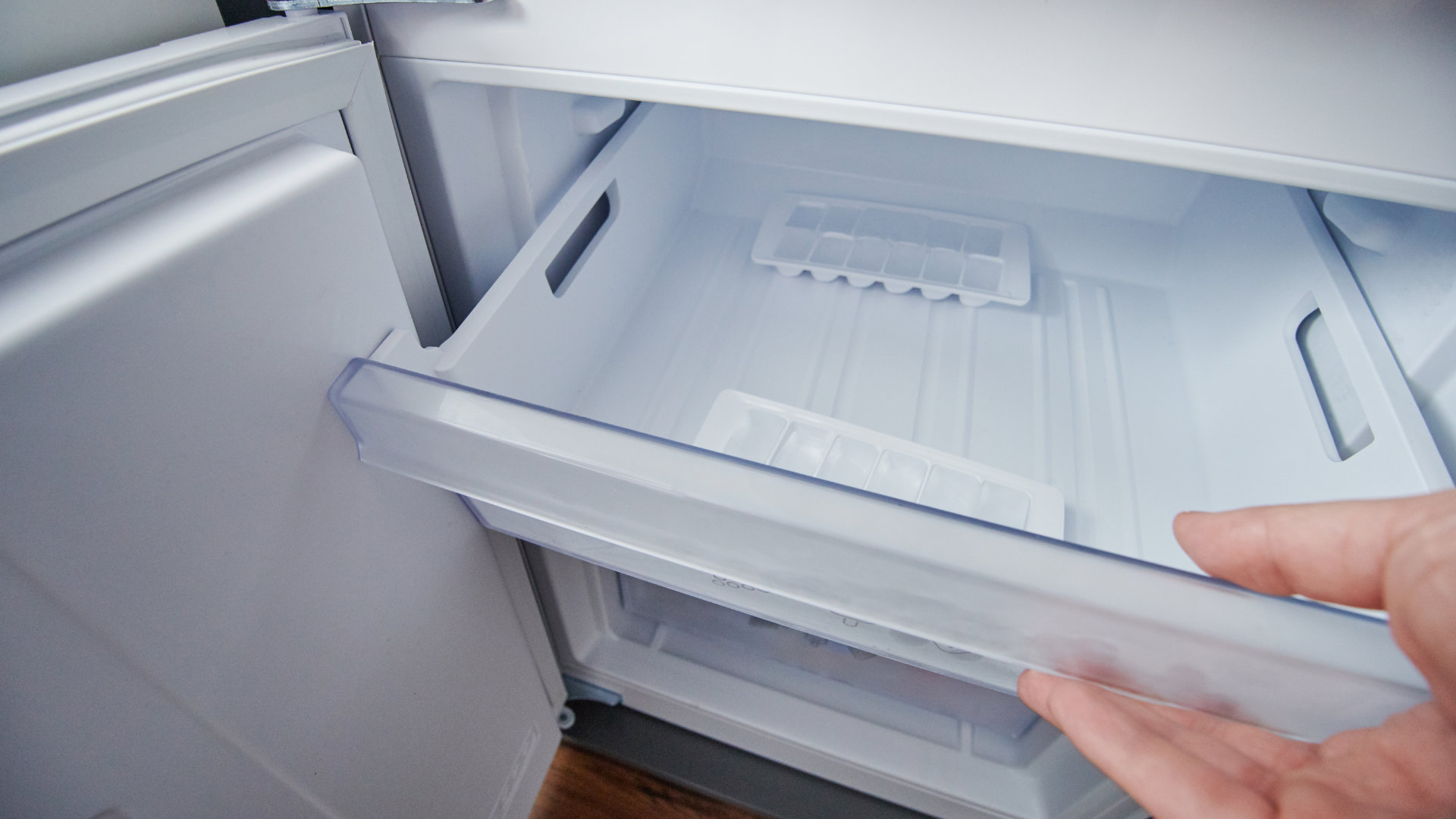
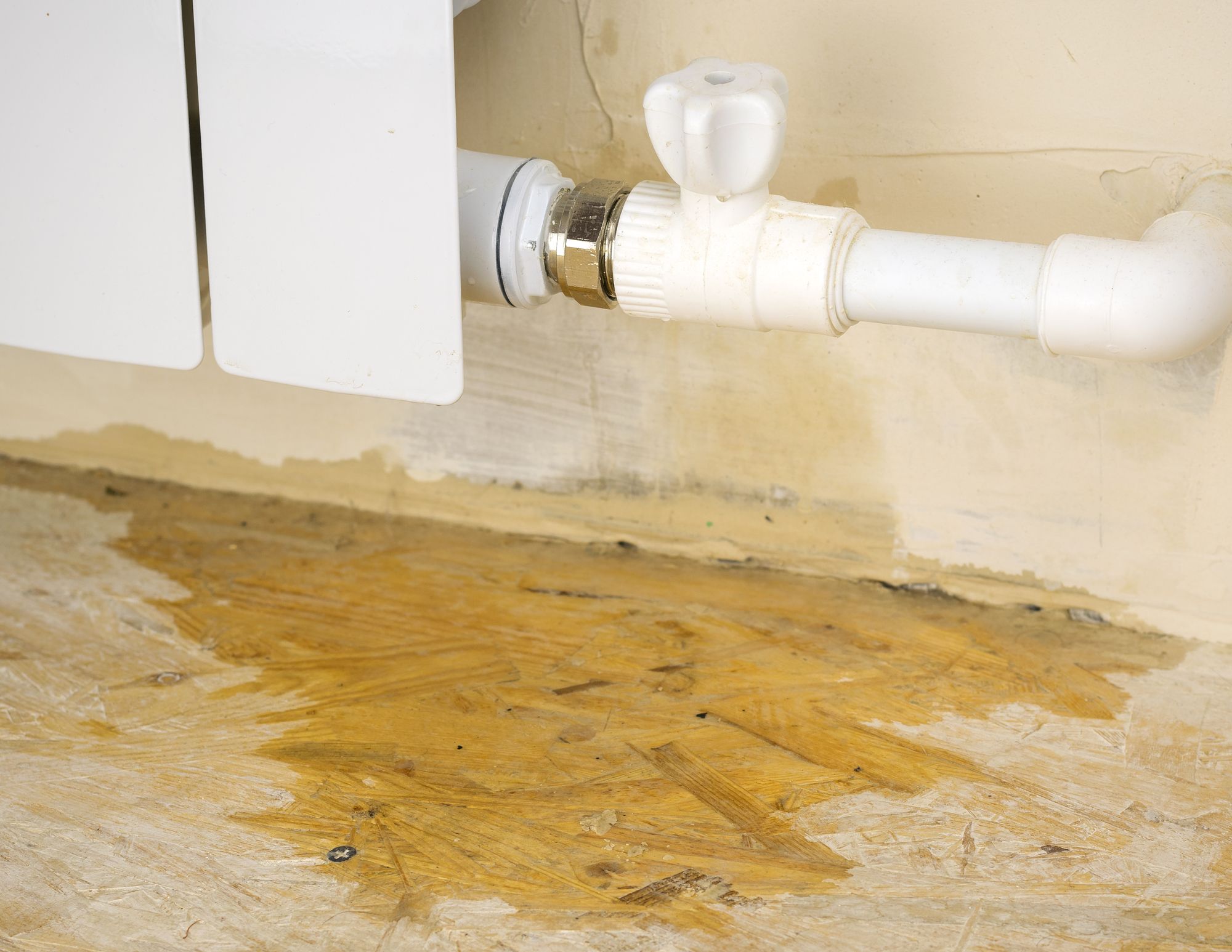
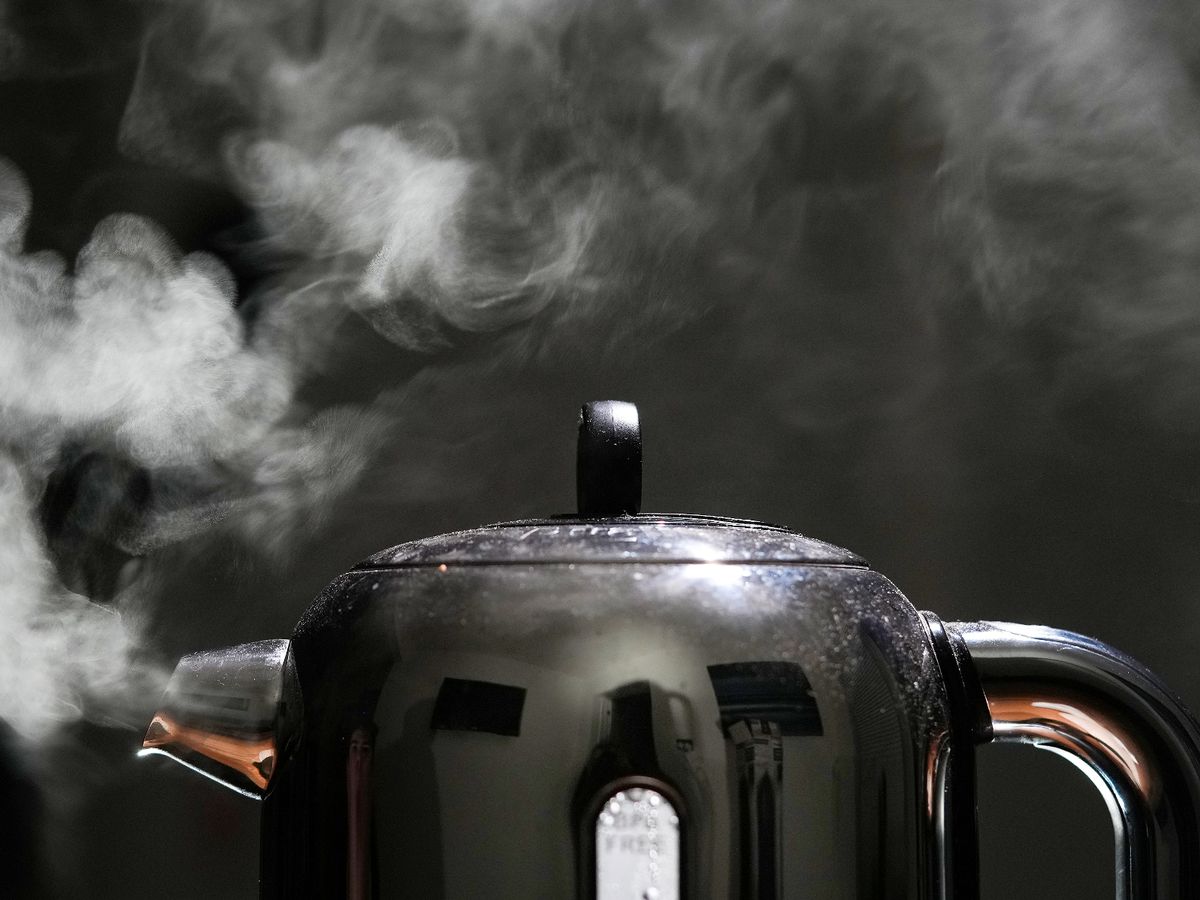
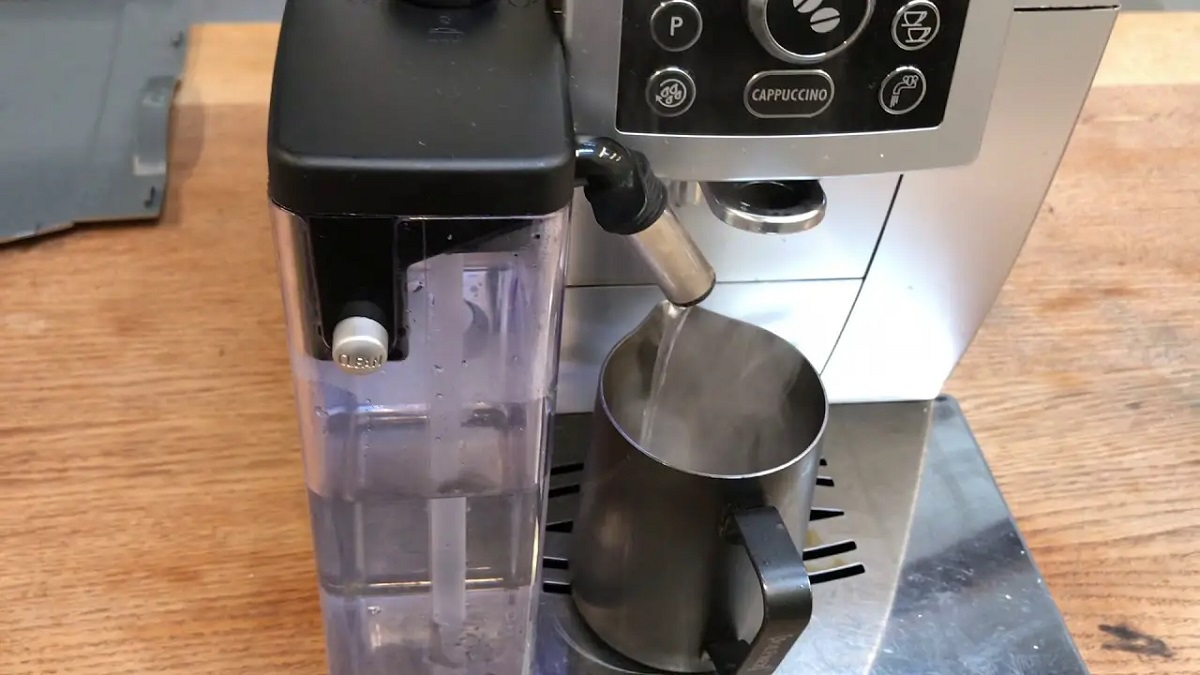
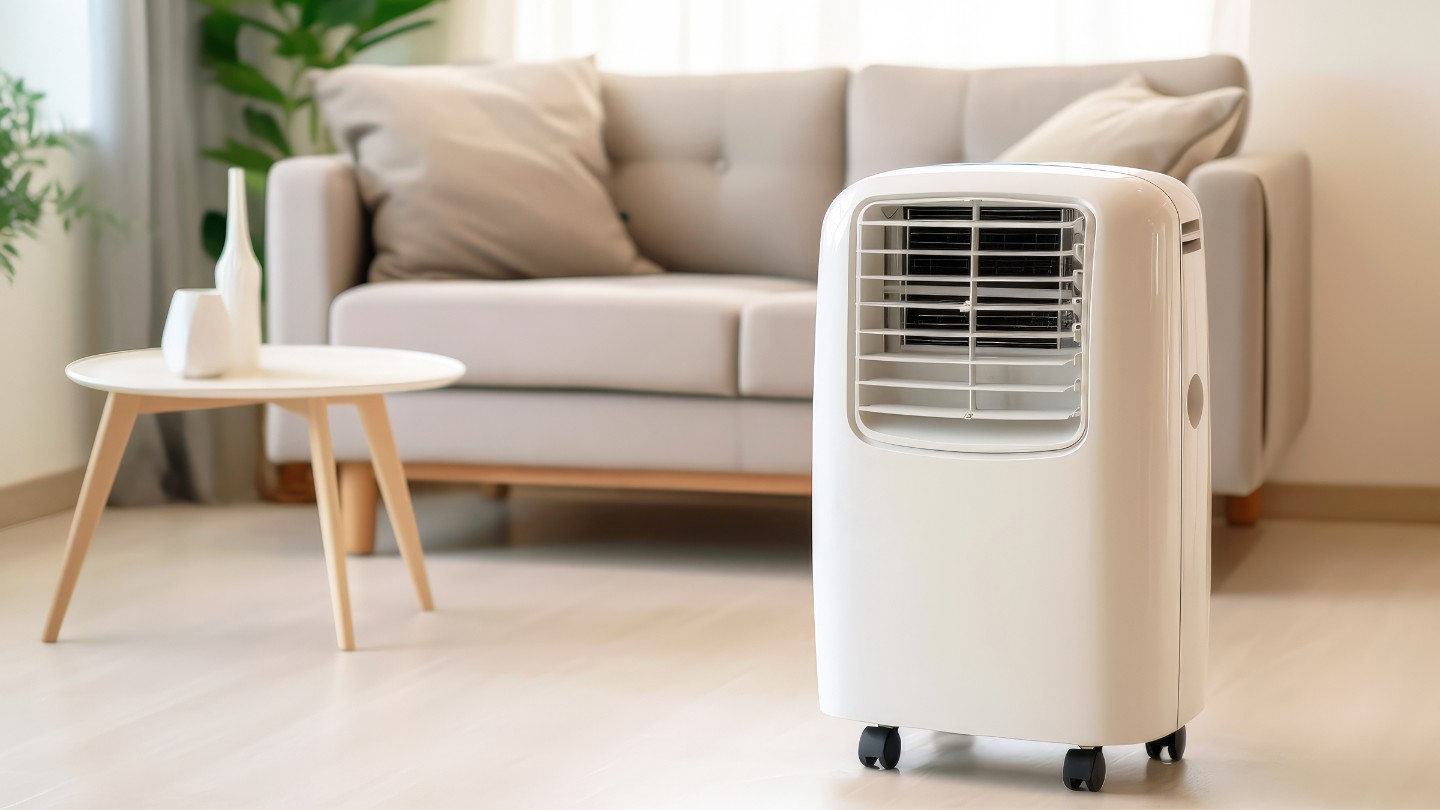
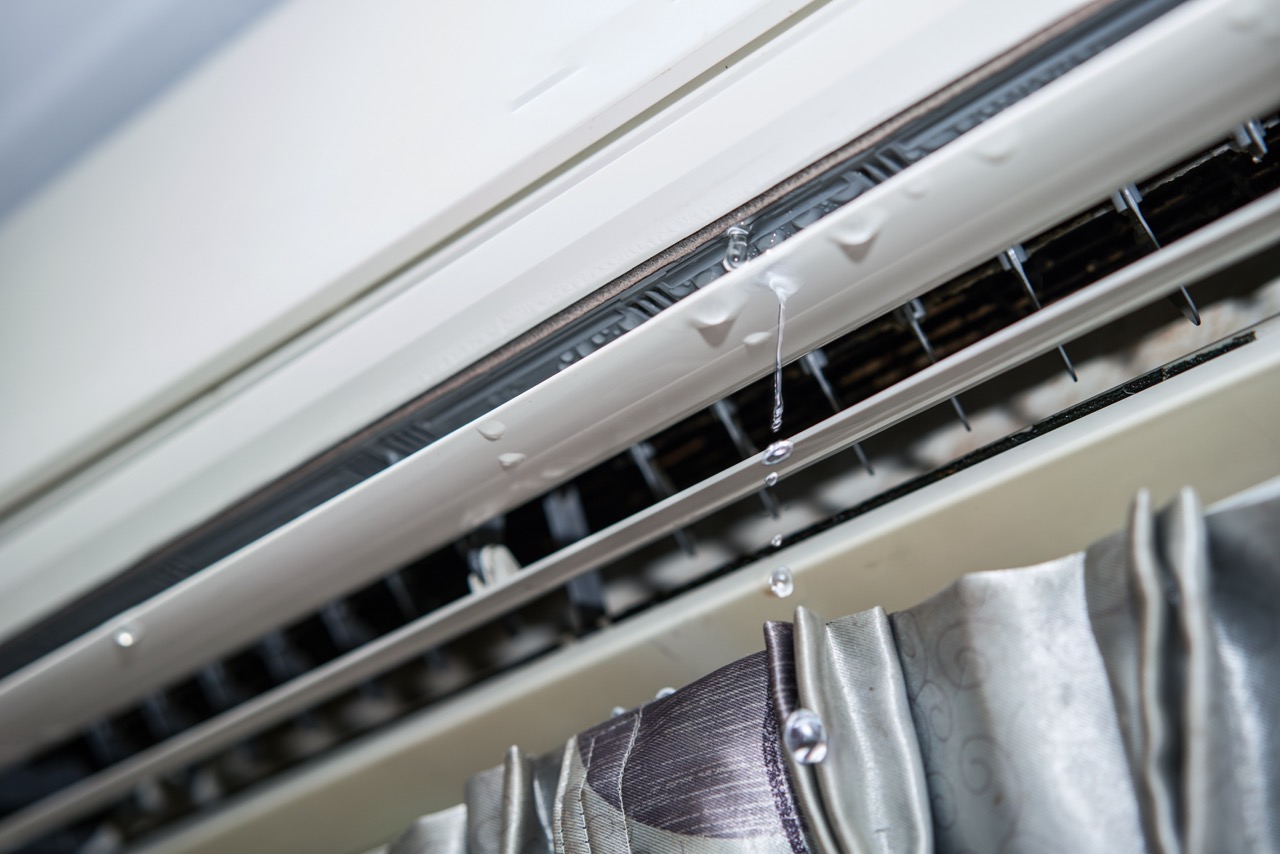
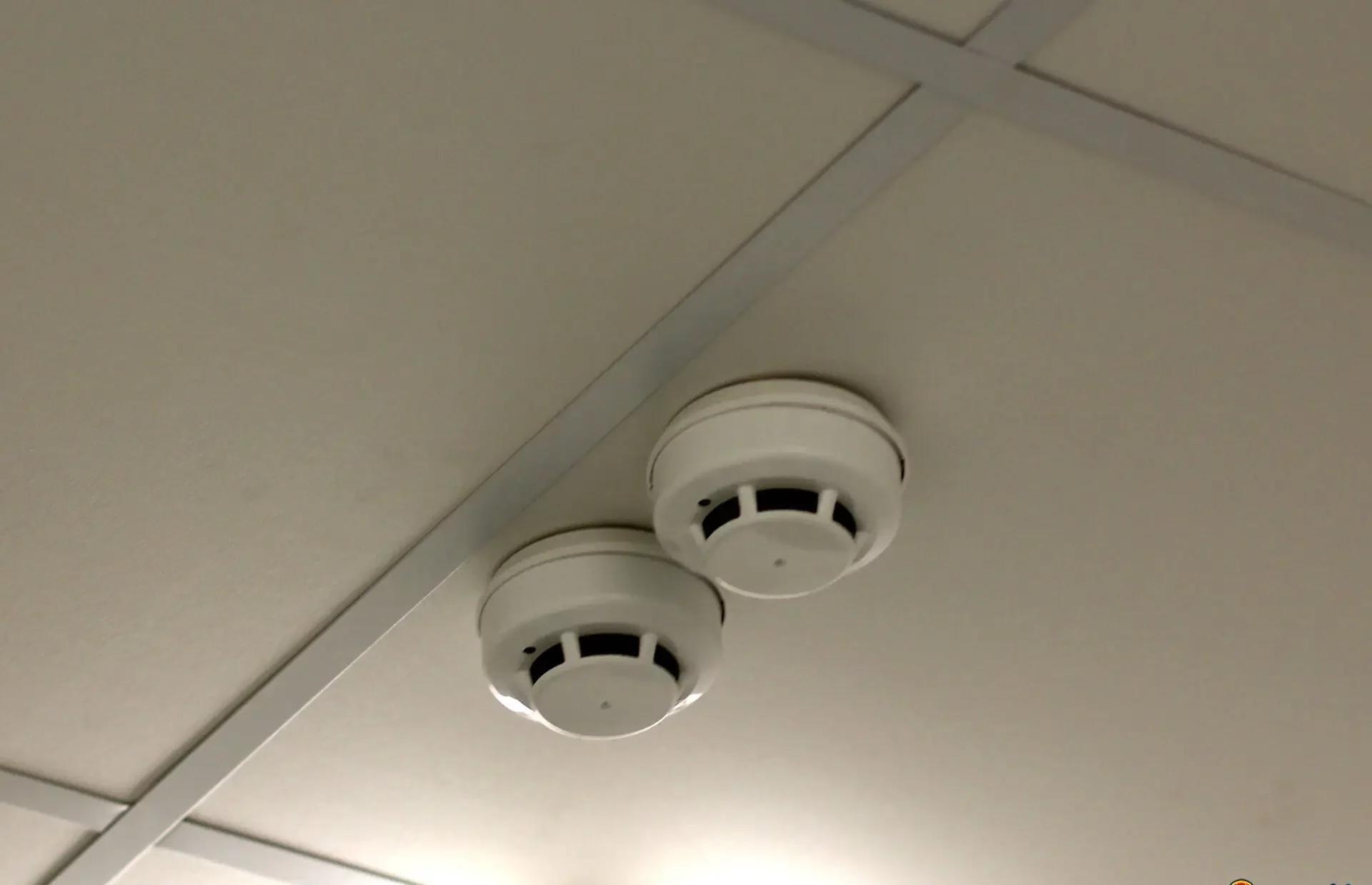

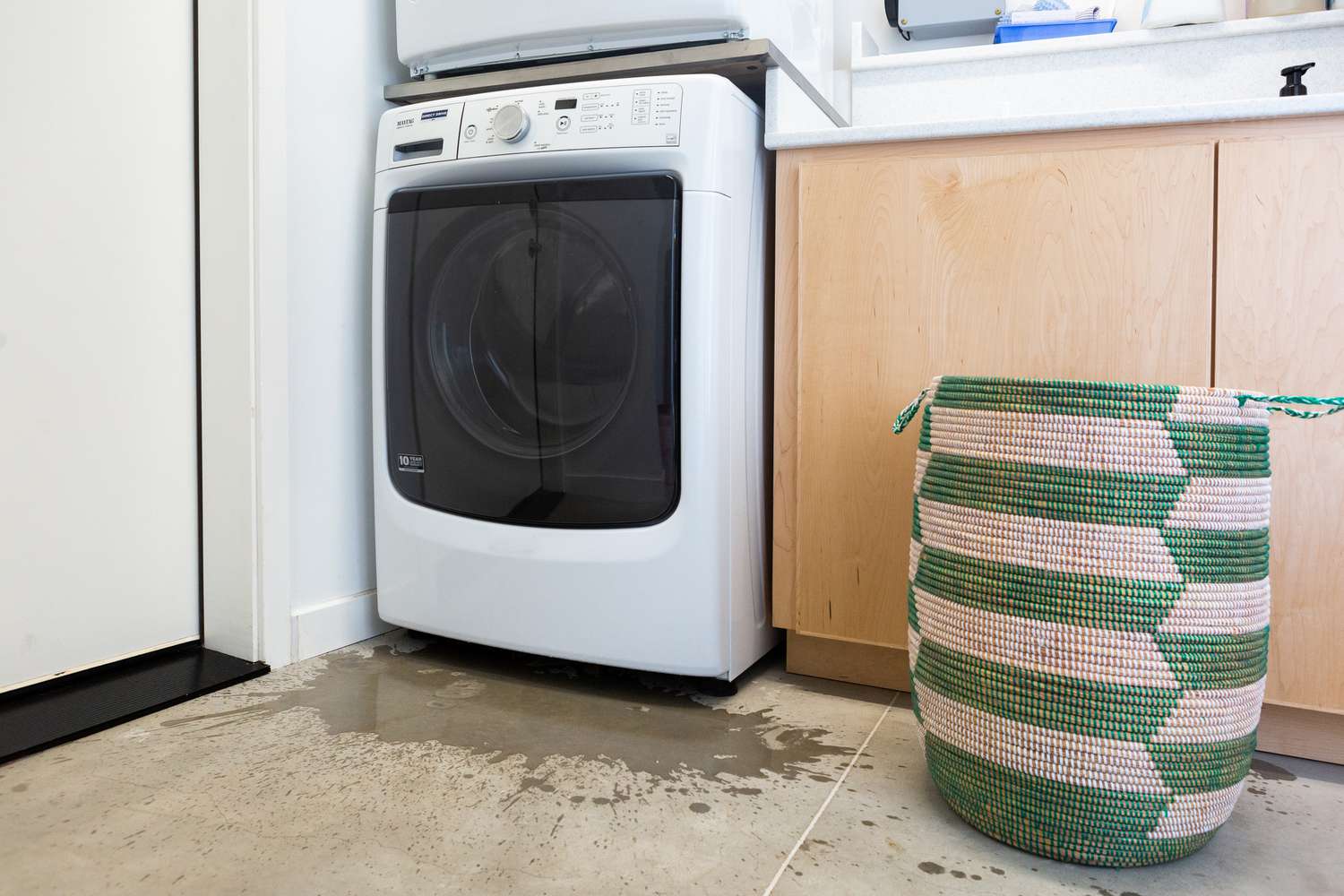

0 thoughts on “Why Does My Fridge Leak Water? 5 Reasons Why And Easy DIY Fixes”